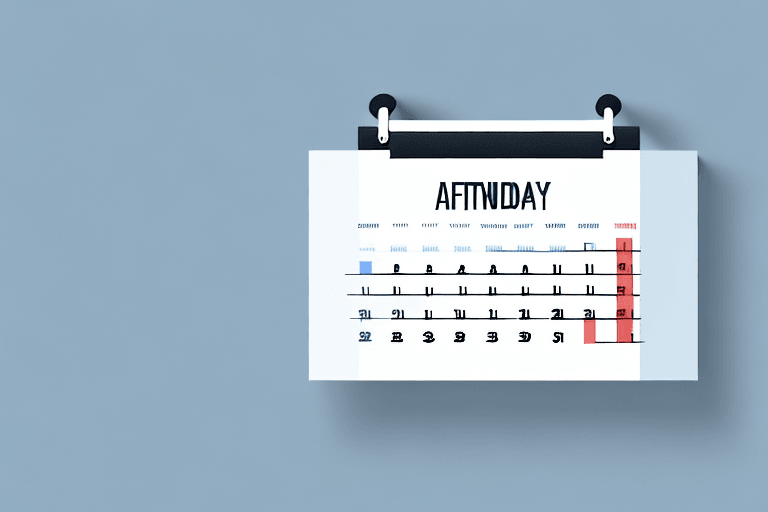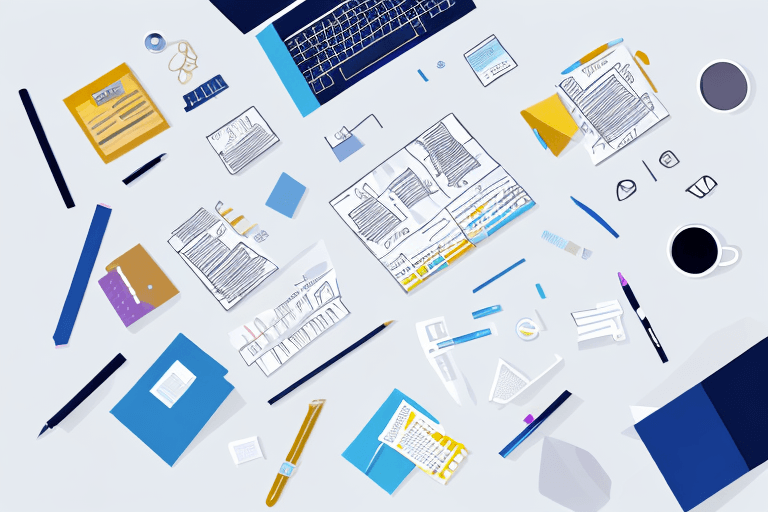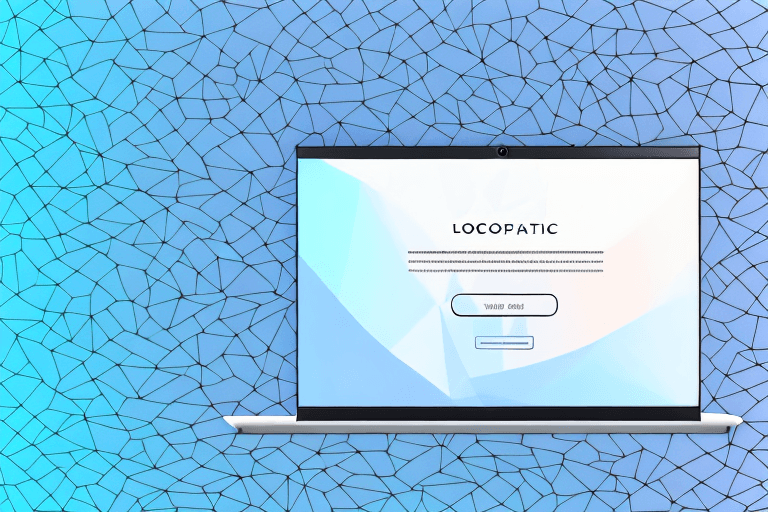Are you tired of no-shows and cancellations for appointments? Do your clients ever miss important meetings or consultations with you? If so, then you need to consider the benefits of an effective appointment confirmation email template.## Understanding the Importance of Appointment Confirmation Emails
In today's fast-paced world, time is a precious commodity. It's essential to make the most of every moment, especially when it comes to business appointments. Without an efficient system for confirming appointments, you risk losing valuable time and resources. However, with the right email template, you can greatly reduce no-shows and cancellations, improve client communication and satisfaction, and streamline your appointment scheduling process.
Reducing no-shows and cancellations
When a client misses an appointment, it can be frustrating for everyone involved. Not only does it waste your time, but it can also negatively impact your reputation and credibility. By sending a confirmation email, you can remind clients of the appointment and provide any necessary information ahead of time. This increases the chances that they'll remember the appointment and show up on time.
Additionally, confirmation emails can also include information about your cancellation policy. This can help reduce the number of last-minute cancellations, as clients will be more aware of the consequences of not showing up.
Improving client communication and satisfaction
A confirmation email is also an excellent way to keep clients in the loop and informed about details of the appointment. This demonstration of attentiveness makes clients feel valued and cared for. Moreover, it also helps to build trust and fosters a strong client-business relationship.
Furthermore, confirmation emails can be an opportunity to provide additional information or resources that can be helpful to the client. For example, if the appointment is for a consultation, you can include a link to a relevant article or video that the client may find useful.
Streamlining your appointment scheduling process
Automating your confirmation emails can save a lot of time and effort, especially if you have a busy schedule. You can use appointment scheduling software that sends confirmation emails automatically when an appointment is booked. This way, you won't have to worry about manually sending confirmation emails for every appointment.
Moreover, appointment scheduling software can also help you manage your calendar and availability. This can prevent double bookings and ensure that you have enough time between appointments to prepare and follow up with clients.
In conclusion, appointment confirmation emails are a simple yet effective way to improve your business operations and client satisfaction. By reducing no-shows and cancellations, improving client communication and satisfaction, and streamlining your appointment scheduling process, you can save time, reduce stress, and build a successful business.
Essential Elements of an Appointment Confirmation Email
Now that you understand the benefits of a confirmation email, it's essential to know what elements should be included to make it effective. A well-crafted confirmation email can help build trust and confidence with your clients while reducing the likelihood of missed appointments and scheduling conflicts.
Clear and concise subject line
The subject line is the first thing your clients will see, and it's crucial to make it clear and concise. A subject line that contains all the important information, such as the date, time, and type of appointment, can help clients quickly identify the email and its purpose. Consider using action-oriented language, such as "Confirm Your Appointment" or "Don't Miss Your Appointment," to encourage clients to take action.
Personalized greeting
A courteous and friendly greeting sets the tone for the rest of the email. Address the client by name and use a friendly tone to make them feel at ease and welcome. Consider using a personalized greeting, such as "Hi John" or "Dear Ms. Smith," to show that you value and respect the client's individuality.
For example, "Hi John, We are looking forward to seeing you on Monday, July 12th, at 2:00 PM for your dental appointment."
Appointment details and summary
Provide all the necessary details about the appointment, such as the date, time, location, and any other essential information. Include a brief summary of what will happen during the appointment, so clients know what to expect. This can help reduce anxiety and uncertainty, especially for new clients or those with specific needs or concerns.
For example, "Your appointment will take place at our dental office located at 123 Main Street. During your appointment, our experienced dental team will perform a routine cleaning and checkup to ensure your oral health is in excellent condition."
Confirmation and cancellation options
Give clients clear instructions on how to confirm or cancel their appointments, whether they need to reply to the email or use a link to a scheduling tool or app. This can help reduce no-shows and last-minute cancellations, allowing you to better manage your schedule and resources.
For example, "To confirm your appointment, please reply to this email or click the link below. If you need to reschedule or cancel your appointment, please let us know at least 24 hours in advance."
Contact information and support
Include your contact information in case clients need to reach out to you with questions or concerns. Provide clear instructions on how to contact you, and be sure to respond promptly to any inquiries or requests for help. This can help build trust and confidence with your clients, showing that you are committed to providing high-quality care and support.
For example, "If you have any questions or concerns about your appointment, please don't hesitate to contact us at 555-1234 or email us at appointments@yourdentalpractice.com. We are always here to help and support you."
Designing an Engaging and Professional Email Template
Your appointment confirmation email should not only be effective but also engaging and professional. A well-designed email template can make a big difference in how your customers perceive your brand and whether they engage with your content. Here are some tips for designing an email template that is both engaging and professional.
Choosing the right layout and format
The email should be well-organized and easy to read, with a simple and clean layout. You want to make sure that your email is visually appealing and easy to navigate. Use headings and subheadings to break up the text and make it more scannable. Consider using bullet points or numbered lists to highlight important information. Make sure it's legible and uses a font and color scheme that reflects your brand identity. A consistent layout and format will help your customers recognize your brand and build trust with your business.
Incorporating your brand identity
Use your company logo and other branding elements to make your email template instantly recognizable and memorable. Incorporate your brand colors and fonts to create a cohesive look and feel. Make sure that your branding is consistent across all of your marketing materials, including your email template. This will help to build brand recognition and trust with your customers.
Using visuals and images effectively
Include relevant images, graphics, or charts that help to communicate your message effectively and make the email engaging. Visuals can help to break up the text and make the email more interesting to read. But don't overdo it – too many images can make the email too heavy and slow down the loading time. Make sure that your images are optimized for the web and are not too large in file size. This will help to ensure that your email loads quickly and is easy to read.
Ensuring mobile-friendliness
More and more people are using mobile devices to access email. Make sure your email template is optimized for mobile devices, with a responsive design that adjusts to different screen sizes for better readability and navigation. A mobile-friendly email template will ensure that your customers can easily read and engage with your content, no matter where they are or what device they are using.
By following these tips, you can design an email template that is both engaging and professional. Remember to keep your branding consistent, use visuals and images effectively, and optimize your email template for mobile devices. With a well-designed email template, you can build trust with your customers and drive engagement with your content.
Conclusion
If you're not using appointment confirmation emails yet, then it's time to start. By providing clear and concise appointment details and a personalized touch to your emails, you'll reduce no-shows and cancellations, improve client communication and satisfaction, and streamline your appointment scheduling process. With the right design elements, you can create an email template that will help you stand out and make a lasting impression on clients.




